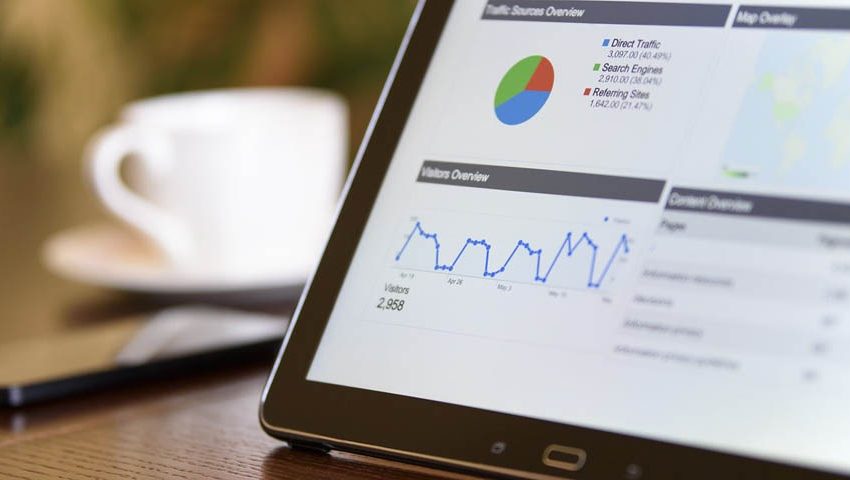A recent study found that segmented email marketing campaigns, compared to unsegmented email marketing campaigns, increased the opening rate by an average of 14.64% and the click-through rate by 59.99%.
That said, figuring out the best way to segment your subscriber lists can sometimes seem hyper-complex. I’m going to prove you wrong! In this post, I’ll show you 5 quick and easy segmentation strategies that you can start applying to your subscriber lists today.
1. Demographics
The first way you can start segmenting your email marketing list is by demographics. Information such as age, gender, company position and income level can tell a lot about a person’s needs and interests.
The more information you get about your audience in the process of registering for your email communications, the more options you will have for demographic segmentation. However, be careful with this, because asking for too much information to join can be a hindrance to the registration of several people.
Decide which metrics are most essential to your business and include them only in the registration process.
For example, if you are a B2B software developer, the company position would be an important demographic. If you are a clothing retailer, the genre would be very useful to know. Add one to three of the demographic factors most relevant to your business (or more, depending on the complexity of your segmentation needs).
2. Survey results

Some merchants are minimalists who would not dare ask for more than an email address to sign up for their mailing list to make sure they don’t lose a single lead. That’s very good! You can always access more customer data later by creating a survey.
A survey gives you the opportunity not only to get valuable demographic information, as mentioned above, but also to get an idea of individual tastes, preferences and beliefs.
If you want to send a survey to your audience and get a lot of responses, you should probably create some kind of incentive to complete it, for example, by offering a contest, a coupon or a free item that they can then claim in-store or on your website. A customer who shows up in the store will give you the opportunity to learn more about them or offer them products that might be of interest to them.
There are many ways to create personalized surveys for your audience. If you have a WordPress site, you can use the Quiz and Survey Master plug-in to create your custom survey, or choose from a wide range of choices.
3. Commitment
Your subscribers’ commitment to your email is another very simple way to segment your lists, but it can have a huge positive impact on your overall results.
The main metrics related to engagement are the opening rate and the click rate.
For example, you can segment by engagement by designating active vs. inactive users, such as someone who hasn’t opened your emails in the last three months. You can then create a specialized campaign designed to reintegrate your inactive subscribers.
Or you can focus on engaging subscribers and target them more accurately.
For example: you send an email announcing an upcoming sale, and anyone who clicks on the email link can be classified as “interested.” You can then create a special campaign to further target them as potential buyers of the sale.
4. Geographical area

There are many ways to use geographic location data, making geographic segmentation a valuable tool, especially for businesses where location greatly influences purchasing decisions.
Litmus, for example, used geolocation to send targeted emails for his email design conferences in San Francisco, London and Boston, including useful details for each location:
His targeted emails earned him a 68% opening rate, compared to a 22% opening rate for the general announcement of the conference.
Other ways businesses can use geographic data include:
- Time-based emails: Plan your emails to be received at the best time for each subscriber based on their time zone.
- Regional promotions: Send targeted emails for events, discounts, liquidations at select stores near your subscribers.
- Favorite Branch: Send specific offers to the physical store that a frequent subscriber frequents.
- Location-specific content: Use a specific location in the subject of the email or in the content to get attention and provide a personalized experience.
5. Buying habits
Segmentation by buying habits is another simple way to optimize targeting. The easiest way is to start emailing recommendations for similar items or accessories that would go well with their previous purchase.
Or if a customer has purchased something that requires a replacement, filling or renewal, you can send targeted emails based on their potential needs.
For example, if someone has purchased a hairdressing product, you can make a reasonable estimate to know when it might run out and email them after a few months to suggest a new order.
Conclusion
Segmenting your email marketing lists is not just a tactic for big brands with the most advanced marketing automation software. With a simple tool like Emailicious, you can create a free account, import your subscriber lists, and send targeted content with these easy segmentation policies today.
If you have any questions or comments about this article, or any suggestions for my next posts, don’t hesitate to email them to me, directly in the comments section at the bottom of my articles, on our Facebook page, or even by giving me a phone call!…


